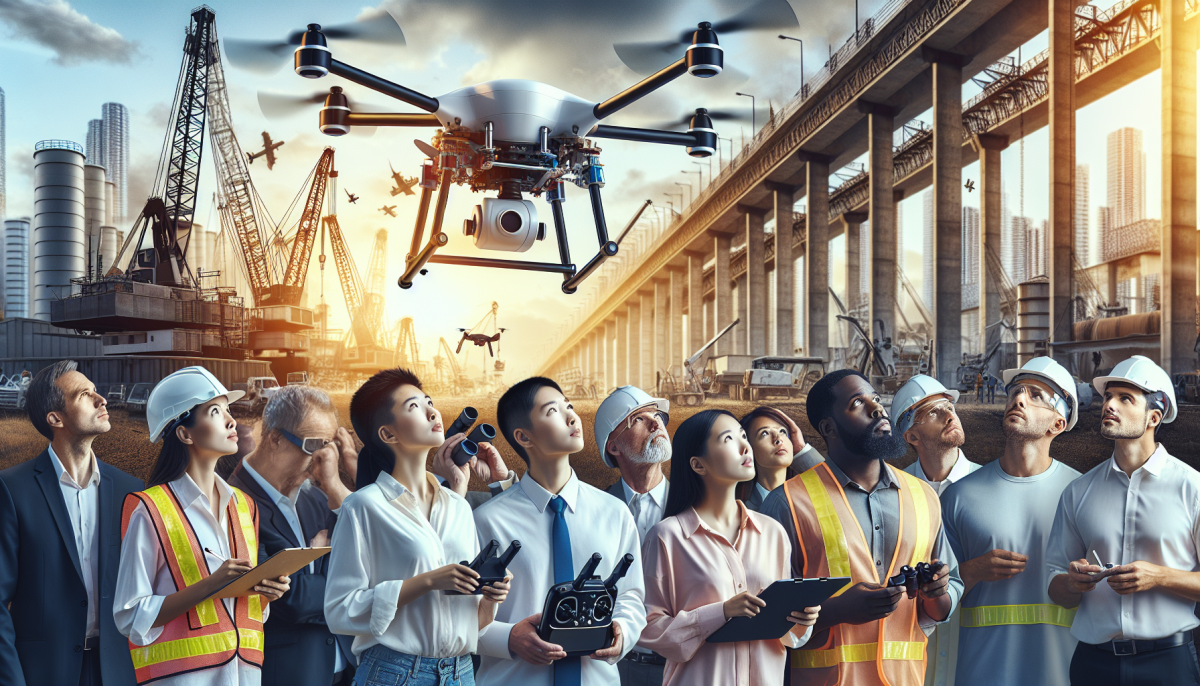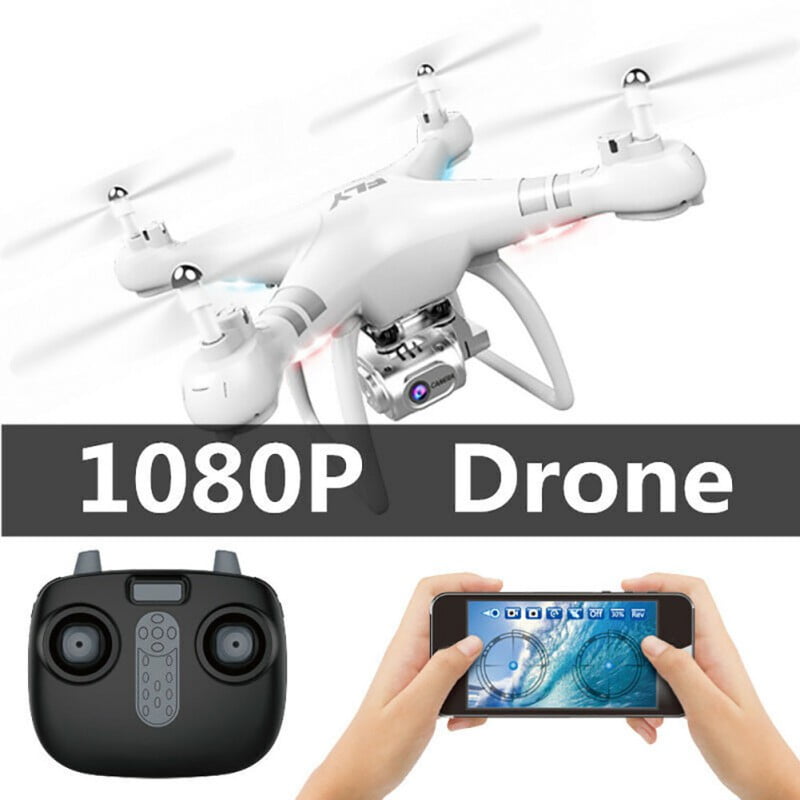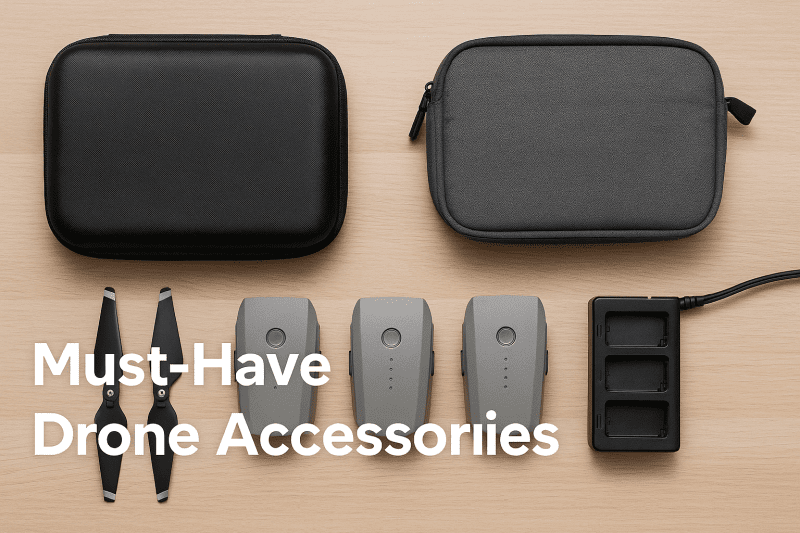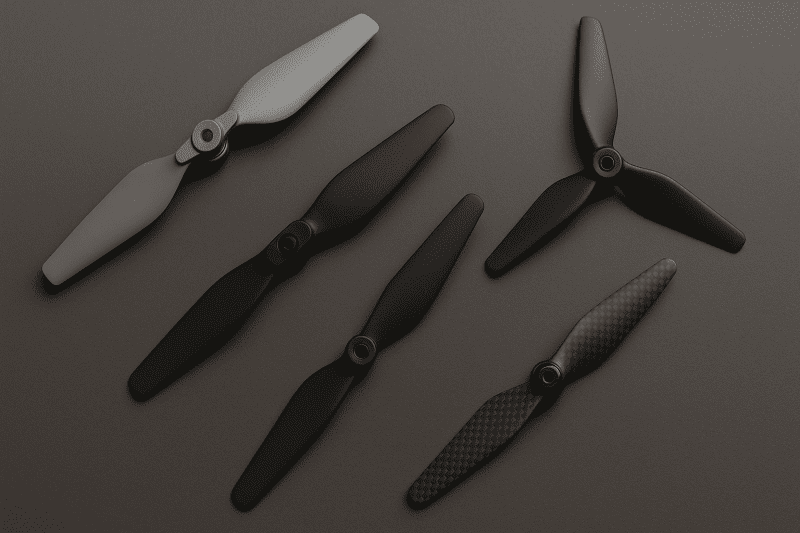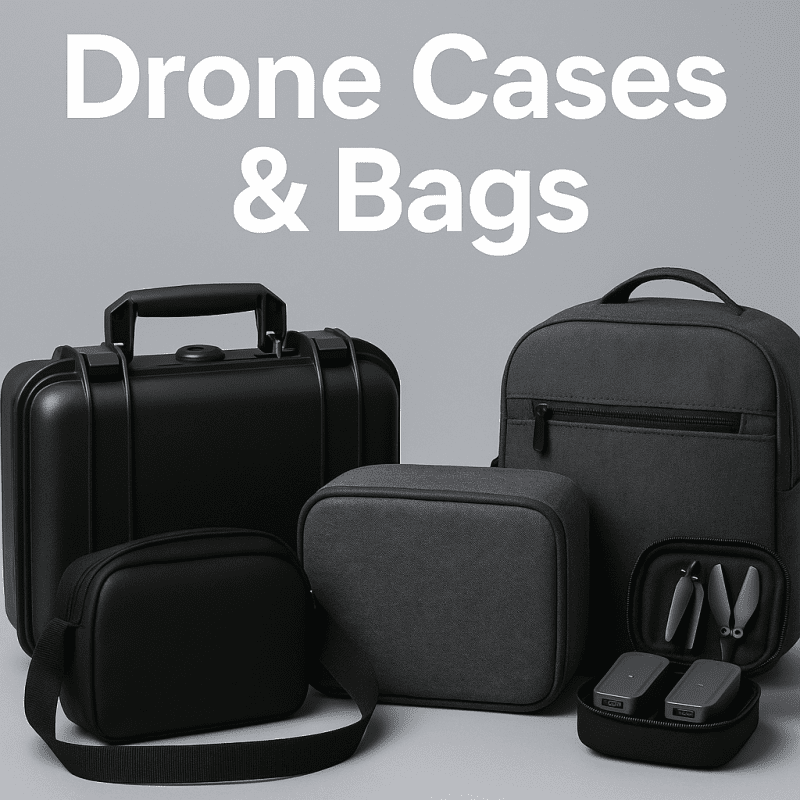The Role of Industrial Drones in Streamlining Operations
Industrial drones have become indispensable tools for businesses around the world, and for good reason. While drones were once primarily used for recreational purposes, they've now found a place in a wide range of industries - from agriculture and construction to oil and gas and even in medical applications.
One of the primary benefits of drones is their ability to streamline operations, and this is especially true in industrial settings. Drones can help businesses operate more efficiently by reducing costs, increasing productivity, and improving worker safety.
Reducing Costs
One of the main ways that drones can help businesses save money is by reducing the need for manual labor. In industries such as agriculture and construction, drones can be used to survey large areas of land or construction sites, allowing workers to identify potential issues and plan their operations accordingly without the need for physical inspection. This reduces the amount of time and effort needed by workers, which can translate into significant cost savings for employers.
Drones can also help businesses reduce the cost of equipment by providing a more efficient way to conduct inspections and maintenance. For example, drones equipped with thermal imaging technology can be used to detect equipment malfunctions or leaks, allowing maintenance teams to identify and repair problems before they become more serious and costly.
Increasing Productivity
Drones can also significantly increase productivity in a range of industries. In the oil and gas industry, for instance, drones can be used to inspect pipelines and oil rigs, allowing workers to identify potential issues quickly without the need for scaffolding or other manual labor. Similarly, in the construction industry, drones can be used to monitor progress and provide real-time updates to workers, allowing them to adjust their operations accordingly and keep projects on track.
Moreover, drones can help workers operate more efficiently by reducing the amount of time needed to perform certain tasks. For example, in agriculture, drones equipped with seed planting technology can plant crops with a higher degree of precision and in a fraction of the time it would take manual labor. This can help farmers achieve higher yields, improve crop quality, and increase their revenue.
Improving Worker Safety
Perhaps one of the most significant benefits of drones is their ability to improve worker safety. By providing a more efficient and accurate way to conduct inspections, maintenance, and other tasks, drones can reduce the need for workers to climb to dangerous heights, work in hazardous environments, or perform other risky activities. This can help prevent accidents, injuries, and fatalities and create a safer work environment for employees.
Overall, the role of industrial drones in streamlining operations is clear. By reducing costs, increasing productivity, and improving worker safety, drones are quickly becoming essential tools for businesses around the world. As technology continues to advance, it's likely that we'll see even more innovative applications and use cases for drones in the future.
The Advantages and Limitations of Industrial Drones in Manufacturing
Industrial drones have revolutionized the manufacturing industry by allowing companies to streamline production processes and reduce costs. However, there are advantages and limitations to this technology, which must be taken into account when determining whether or not to incorporate it into a manufacturing operation.
Advantages
Here are some of the main advantages of using industrial drones in manufacturing:
- Increased efficiency: Drones can complete tasks faster than humans, freeing up employees to concentrate on more complex tasks.
- Improved accuracy: Drones can operate with greater precision than humans, reducing the likelihood of errors occurring during production.
- Enhanced safety: Drones can perform dangerous tasks, such as inspecting high areas or working with hazardous chemicals, without putting human workers at risk.
- Cost savings: Drones can provide savings by reducing labor costs, improving operational efficiency, and reducing the need for expensive equipment.
- Remote monitoring and analysis: Drones equipped with sensors and cameras can be used to monitor production processes, allowing issues to be identified and dealt with before they become major problems.
Limitations
Despite their many advantages, industrial drones also have some limitations including:
- Regulatory restrictions: In many countries, drones are subject to strict regulations, which may require companies to obtain a license or permit to use them.
- Reliance on technology: Drones depend on technology to operate, which can lead to system failures and malfunctions.
- Limited battery life: Most industrial drones have a limited battery life, which means they can only operate for a certain amount of time before needing to be recharged.
- Weather restrictions: Strong winds, rain, and snow can make it difficult or impossible for drones to operate effectively, limiting their usefulness.
- Upfront costs: The initial cost of purchasing and implementing drones can be high, making it difficult for smaller companies to justify the investment.
Conclusion
Industrial drones can provide significant benefits to manufacturing operations, but they are not without their limitations. Companies considering incorporating drones into their processes must carefully weigh the advantages and disadvantages to determine if this technology is the right fit for their operations.
The Future of Industrial Drones: Innovation, Development, and Applications
As technology continues to evolve, so do industrial drones. With advanced developments in software, hardware, and artificial intelligence, drones are being used more efficiently and effectively in various industries. In this section, we will explore some of the latest trends and innovations that are driving the future of industrial drones.
Autonomous Flight
While autonomous flight is not a new feature, it is undergoing significant improvements to help drones fly independently and complete various tasks with precision. This development is being driven by artificial intelligence, which allows drones to navigate through complex environments and make decisions based on data analysis. For industries such as agriculture and mining, autonomous drones can achieve remarkable efficiencies by collecting data and monitoring assets without human intervention.
Collaborative Drones
Collaborative drones are a relatively new concept where drones work together to complete a task. This innovation is particularly beneficial in large-scale industries such as construction, where multiple drones can work simultaneously to inspect buildings or structures, collect data, and identify potential risks. By collaborating, drones can cover more ground in a shorter time and enable the industry to work more efficiently.
Advanced Sensors and Cameras
The use of advanced sensors and cameras is transforming how industries use drones. High-resolution cameras, LiDAR sensors, and thermal imaging cameras are enabling drones to collect more accurate data, reduce errors and improve safety. For example, mines are using drones equipped with Gas and Flame detectors to detect any potential hazards, allowing for preventive actions to be taken.
Rapid Development and Innovation
The drone industry is experiencing rapid growth thanks to its numerous applications and its ability to adapt to new industry requirements. As a result, the market for industrial drones is expected to grow significantly in the coming years.
In conclusion, the use of industrial drones is increasing across many sectors, from agriculture to oil and gas, from logistics to construction. The future of industrial drones is bright, with rapid advancements in software, hardware, and AI leading to new applications and opportunities. The ongoing development of drones has the potential to revolutionize various industries, increasing efficiency and reducing costs.
Large Quadcopter with HD Camera and FPV
Experience the Ultimate Aerial Adventure with Our High-Tech Drone!
Product information
$47.87
Product Review Score
4.34 out of 5 stars
217 reviews